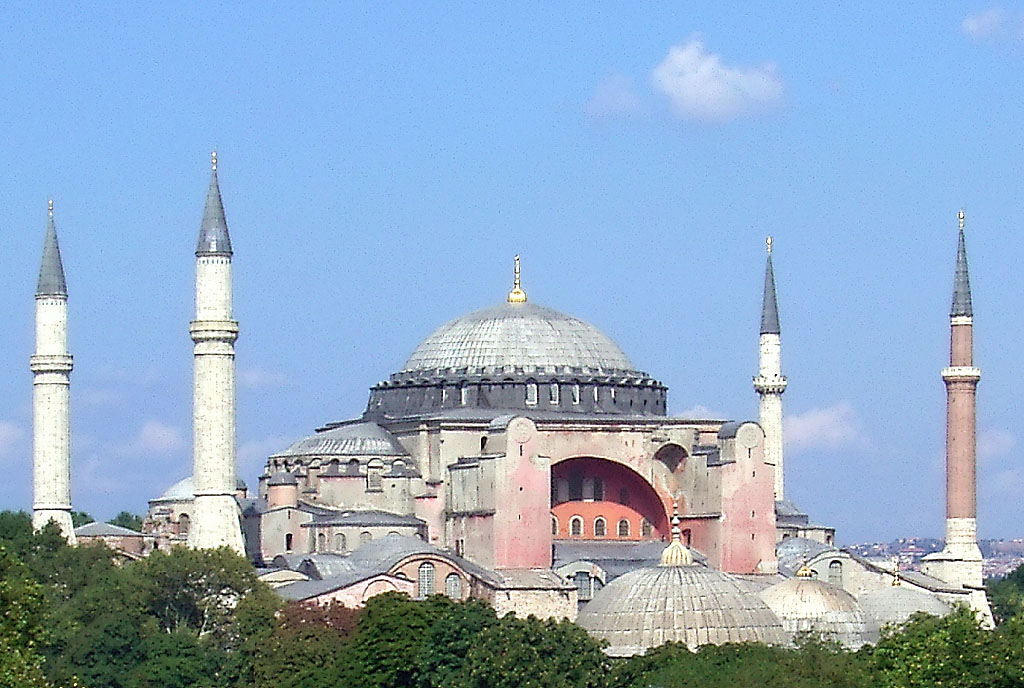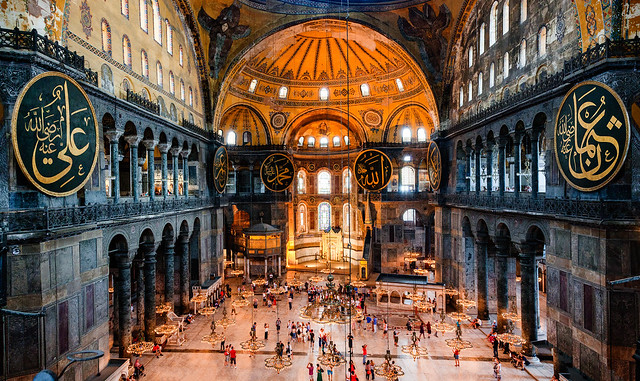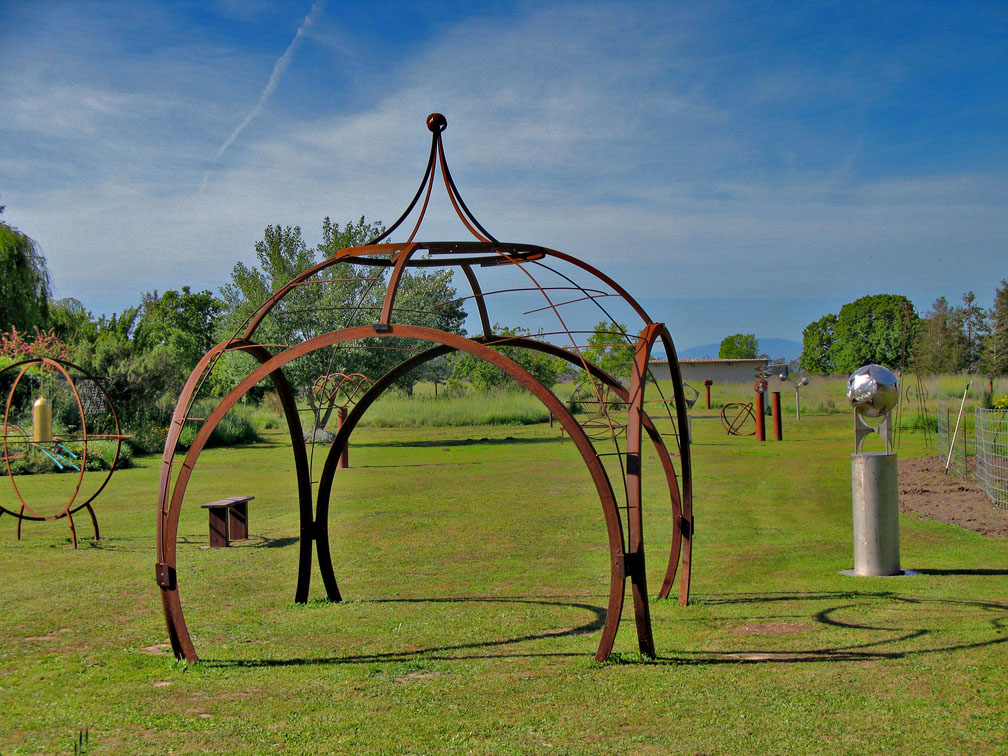The History:
The Byzantine period happened from 330-1453 C.E. which means that about half of this period was also the Early Christian period, so there are a lot of similarities. However, the Byzantine empire is the longest political entity in European history. This empire was based on Eastern culture and was influenced by the Greeks and Orient. The Byzantine empire was headquartered in Constantinople which is current day Istanbul. The video included below does a great job of explaining more about this region and the fall of the empire. The other link goes into more detail about other aspects of life during the Byzantine empire, including art, lifestyles and the politics.
http://www.history.com/topics/ancient-history/byzantine-empire
http://listverse.com/2013/04/20/10-interesting-facts-about-the-byzantine-empire/
Architecture:
During this period much of the architecture was again religious in nature. The one type of architecture that stands out the most from this time period is the Pendentive. A pendentive is a structure with a dome top placed on a square base. This was influenced by the dome from the East and the square base of a classical Western temple.
 |
| The basic form of a Pendentive structure |
 |
| Pendentive Construction; Hagia Sophia |
 |
| Hagia Sophia interior |
 |
| The Hagia Sophia has combination of the classic Basilica and centralized church plans. |
The most famous example of this construction type is the Hagia Sophia, which was constructed in 360 C.E. by Emperor Konstantios (337-361). However, the first church was constructed of wood and was burned in a riot in 404 C.E. So a second building was reconstructed in the same spot, by Emperor Emperor Theodosios II (408-450) in 415. This second, basilical structure, is known to contain five naves and a monumental entrance; it was also covered by a wooden roof. "The church was demolished in January 13, 532, after the public riot (Nika revolts) that took place during the fifth year of Emperor Justinianos’ reign (527-565), when the ‘blues’ who represented the aristocrats, and the ‘greens’ who represented the tradesman and merchants in the society, collaborated against the Empire." (
http://ayasofyamuzesi.gov.tr/en/history) This meant that the church had to be constructed a third time and this was done by Isidoros (Milet) and Anthemios (Tralles), who were renowned architects of their time, by Emperor Justinianos’s (527-565) orders. The current structure was completed and put into use on December 27, 537, just five short years after construction began. The link above gives more specifics on the process and history of the project, it was really quite an amazing feat for the time period.
Current Applications:
 |
| Byzantine, Pendentive inspired modern day church |
 |
| A Pendentive style gazebo |
 |
| A home based on the idea of Pendentive construction |
 |
| An interior with Byzantine inspiration |
 |
| I thought this was neat, it is a Byzantine inspired Iphone case, with an image from a Byzantine church. |







No comments:
Post a Comment